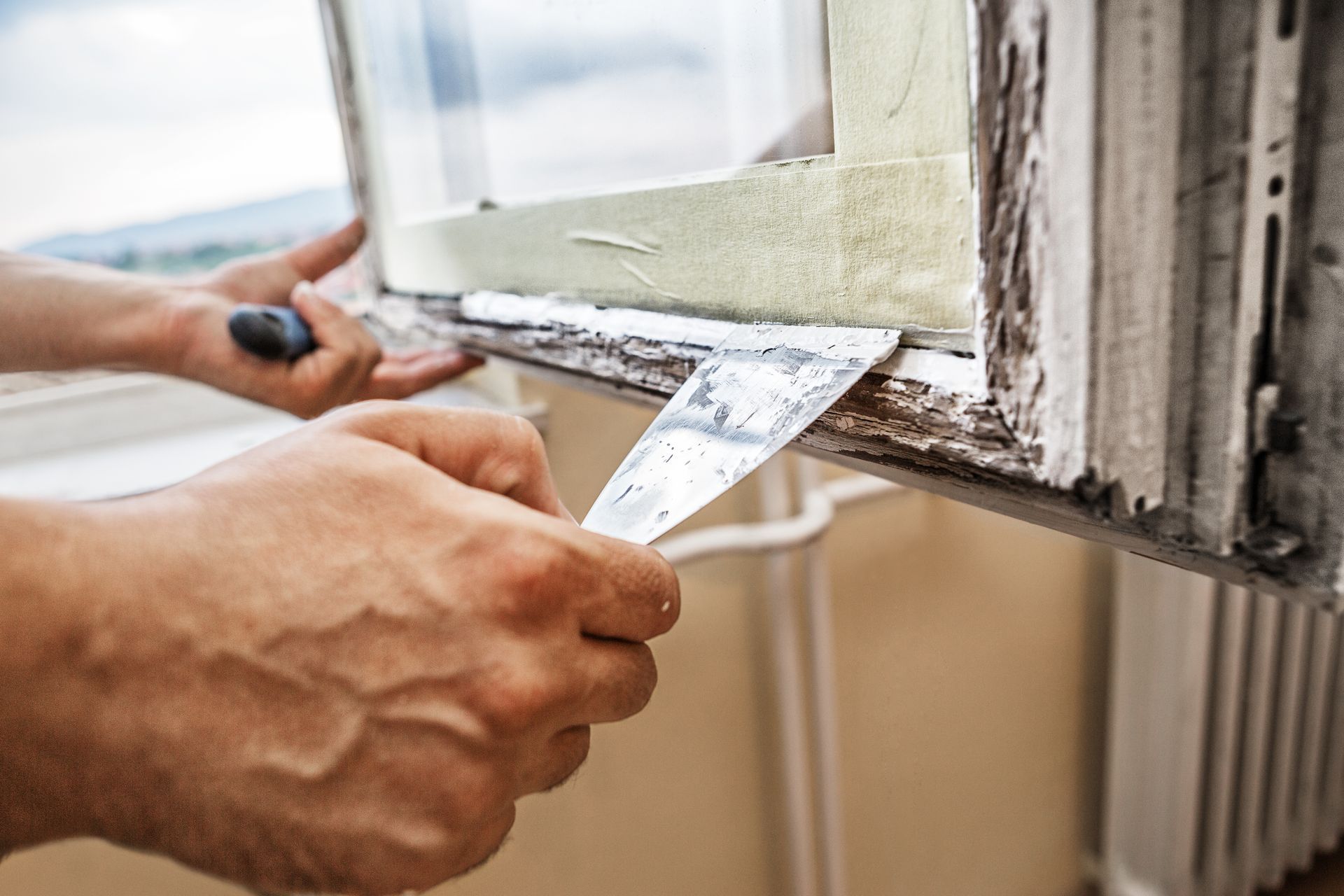
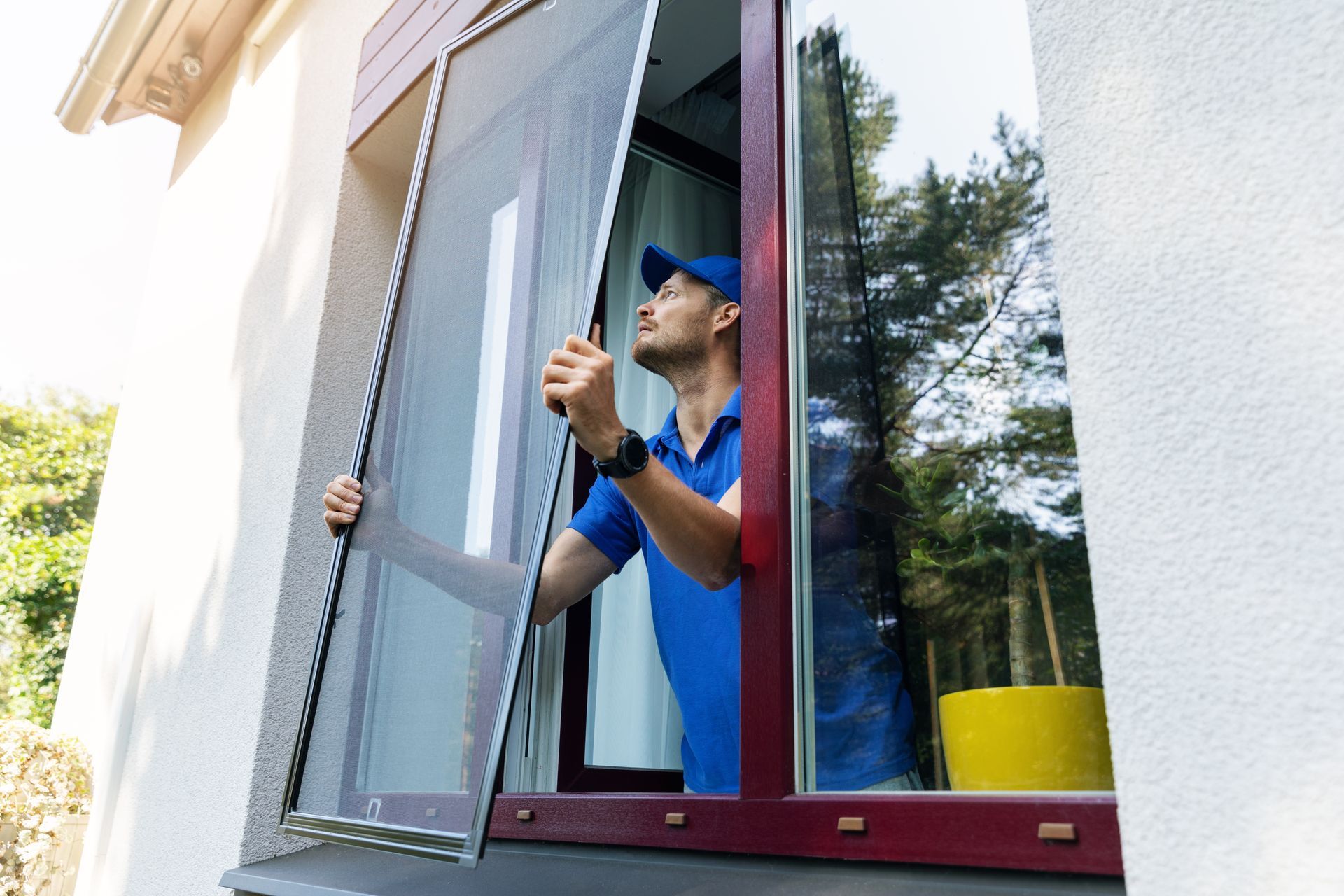
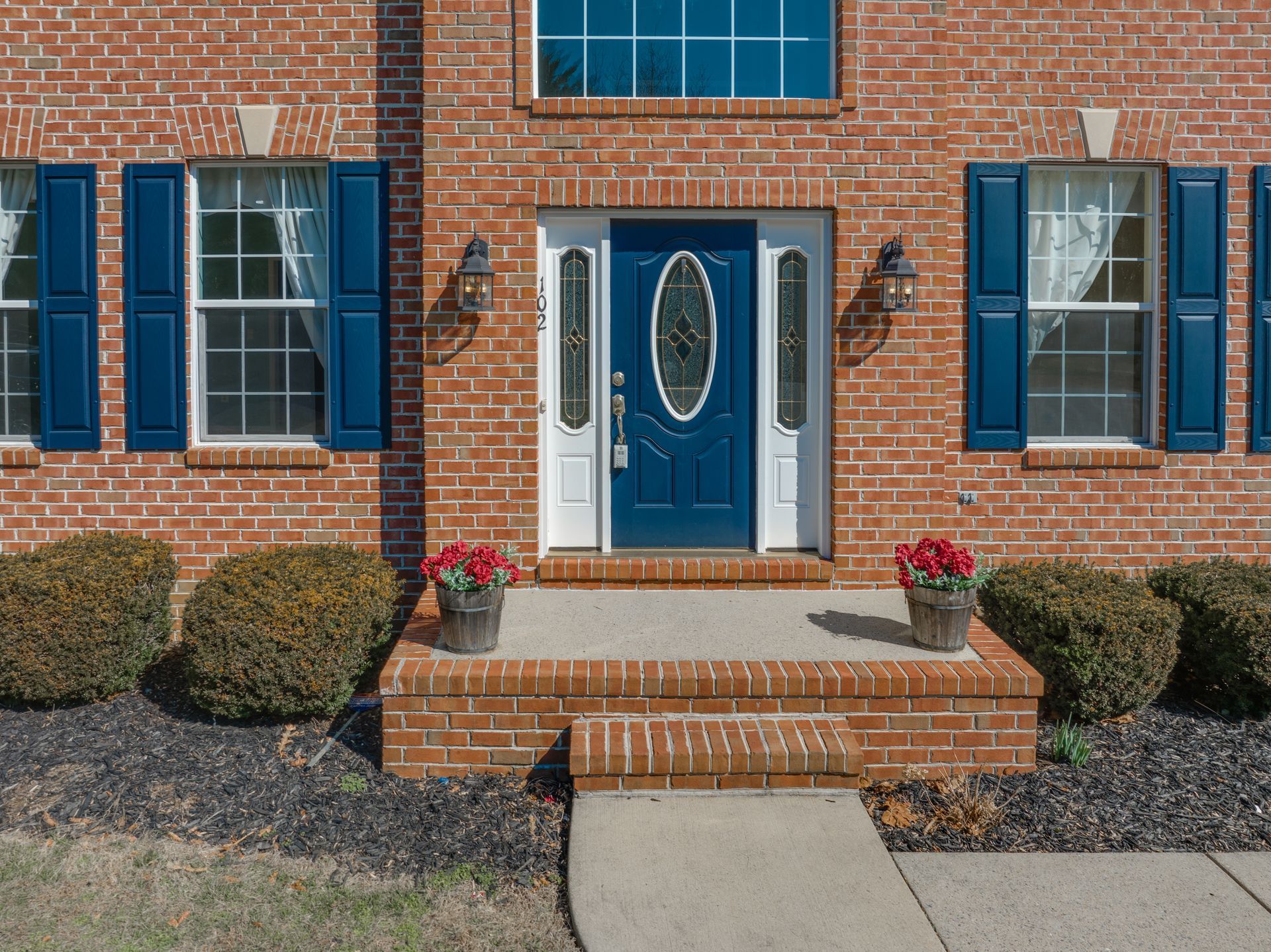

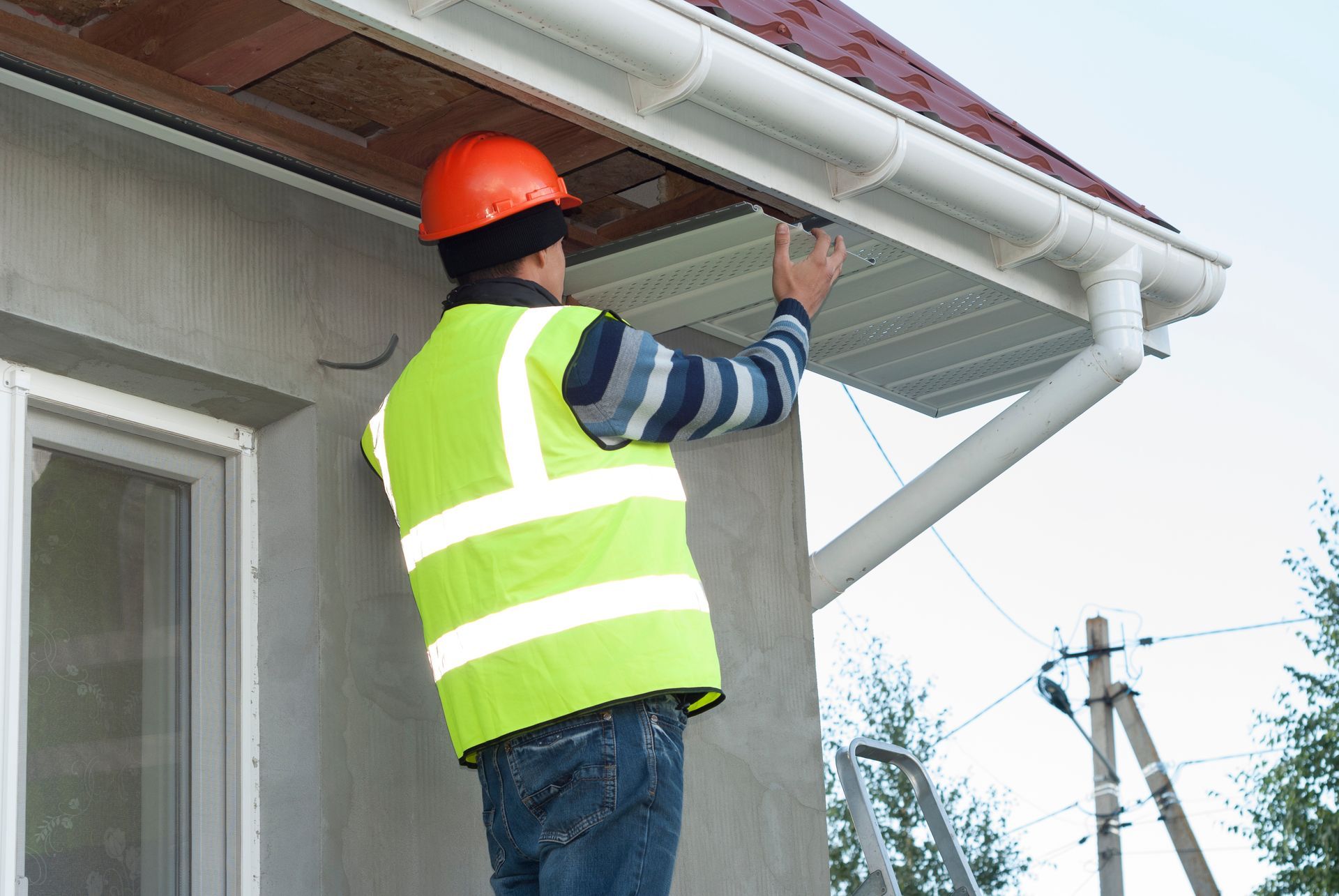
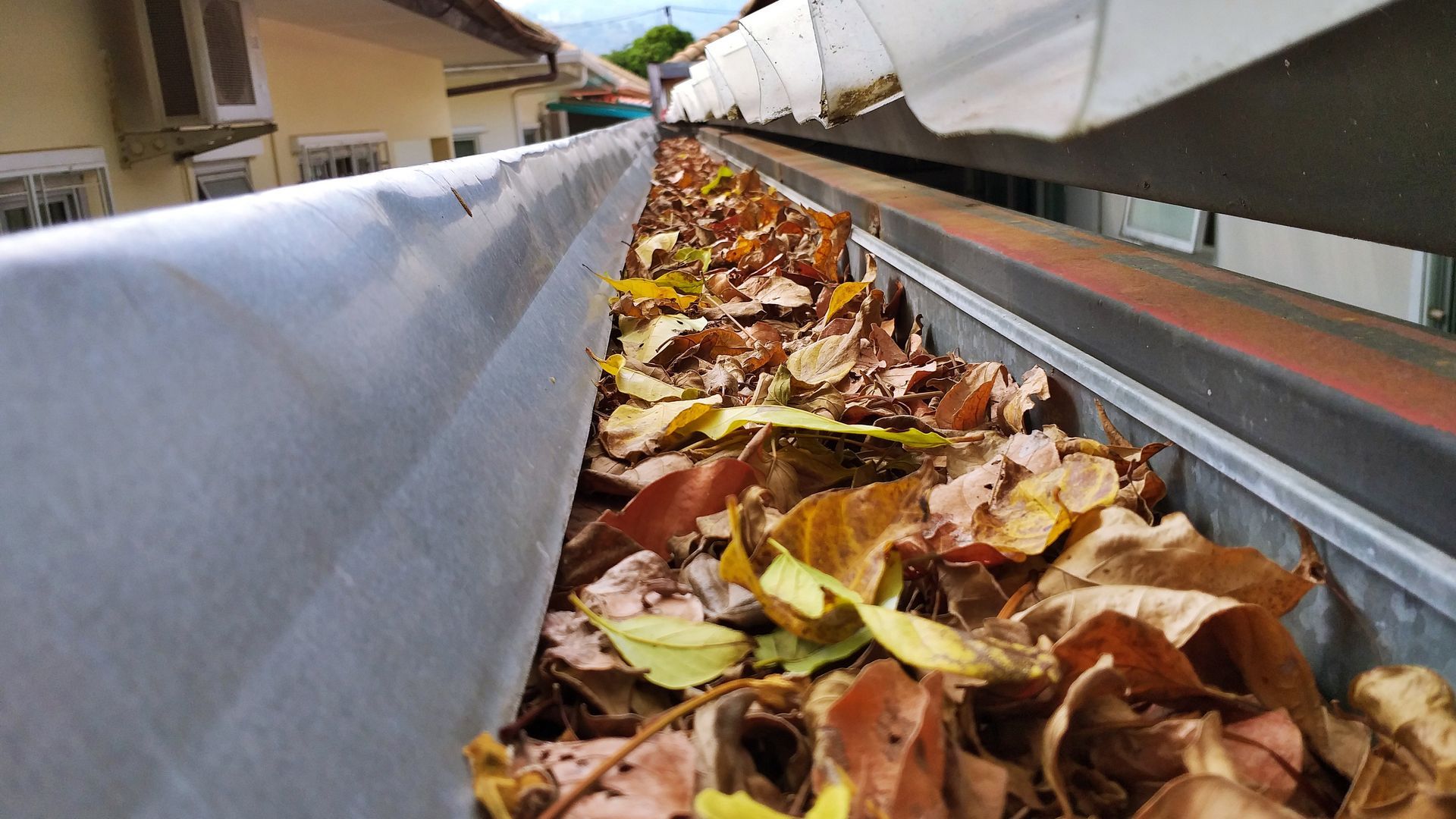

During the freezing months of winter, it’s common for icicles to form along the gutters and roofline as condensation drips off your roof. This can not only create a safety hazard around your home, but it also can lead to significant damage to your roof, gutters, and even foundation once larger icicles begin to melt and form puddles around the base of your home.
If you’ve noticed icicles forming on your gutters or are concerned about the possibility, here’s everything you need to know about keeping your gutters icicle-free! Let’s dive in.
Icicles form as snow on your roof and gutters melt, then refreeze. This can happen when temperatures fluctuate between freezing at night and slightly warmer during the day. But icicles can also form as a result of direct sunlight on your roof during the day, even when temperatures are below freezing.
Snow on the roof can also melt if the home is poorly insulated, as warmth radiates through the roof and causes the snow to melt and drip. As the melting snow drips down and the latent heat releases warm air, icicles form in their signature long, pointed shape.
Icicles may look beautiful, but they can be very dangerous to your home and anyone living in it! As they melt, icicles may eventually break off and fall to the ground. Because of their sturdy dagger-like shape, icicles can be very harmful if they fall on a person or pet. Icicles are believed to cause more than a dozen deaths and hundreds of injuries in the United States, not to mention substantial property damage.
If large amounts of snow and ice collect on your roof due to icicles and
ice dams, this can cause water damage and even basement flooding as large quantities of frozen water melt. For your safety and that of your home, it’s essential to know how to stop icicles from ever forming in the first place!
Icicles are dangerous to remove and can cause damage to your roof and gutters in the process, so the best approach is prevention. Here are some things you can do to keep icicles from forming on your gutters:
Make sure your roof insulation is in good condition and performing appropriately. If you’re concerned about poor insulation allowing heat to escape through your roof, you can add a few more inches of insulating materials for good measure. You should also take a look at your chimney, flue, and other roof ventilation. Air leaks from these sources can cause snow to melt as well.
Although added insulation can keep your roof from causing icicles to form, it won’t solve the problem of the sun and fluctuating temperatures melting accumulated snow.
After a heavy snowfall, it can be helpful to clear all the accumulated snow off of your roof. You can use a roof rake to do this or hire a professional. Keep in mind your roof will be particularly slippery during snowy and icy conditions, so be extremely cautious climbing on the roof to remove snow!
Another way to prevent icicles from forming is by adding heat to the eaves and gutters using electrical heating tape. This product creates just enough heat to keep melting snow from refreezing and creating icicles. Remember that improper installation could worsen the problem, so you may want to get help from a trusted professional on this one.
If water from melting snow is overflowing your gutters instead of flowing through the system and away from your home as intended, you likely have debris clogging your gutters. Keeping your gutters clean and clear of debris means that even if you do have snow melting and dripping down your roof, it will have someplace to go before it can drip and freeze into icicles!
Of course, none of this is particularly helpful if you already have icicles on your roofline and gutters. Going about removing these sharp stalactites the wrong way can lead to even more problems, so here’s a breakdown of the DO’s and DON’Ts of icicle removal.
Using a hammer, shovel, or other tool just to snap icicles off your roof may seem like the quickest and easiest solution, but this can actually lead to damage to your gutters and roof. The icicles are tightly bonded to your roofline, which means if they are forcibly broken off they could take a chunk of your house with them.
Salt may cause snow and ice to melt, but standard table salt (sodium chloride) is highly corrosive. While the ice will melt, it will leave behind significant damage to your roof, siding, gutters, and downspouts.
Calcium chloride ice melter is just as effective at melting ice as table salt, but without the risk to your home! Ensure everyone stands clear of the roofline once you set up this ice-melting substance. As icicles begin to fall, you don’t want to be underneath them when they do!
When in doubt, don’t try a DIY approach. Icicle removal is a risky business, and you could easily get yourself hurt or damage your roof and gutters trying to deal with them. If you have icicles or ice dams forming on your gutters, contact your gutter installation company for help!
The likelihood of your gutters clogging depends in large part on the type of gutters you have. At Hanke Brothers, we are proud to be certified installers for K-Guard Gutters because they are simply the best on the market. K-Guard Leaf-free Gutter Systems are guaranteed to be clog-free, and their integrated gutter protection design aids rainfall and melting snow in flowing quickly into the gutters and away from your home. If you’re looking for gutters that won’t aid the growth of icicles, there’s no better option than K-Guard gutters!
Contact us to learn more about our gutter installation services and how K-Guard can help protect your home in the winter.

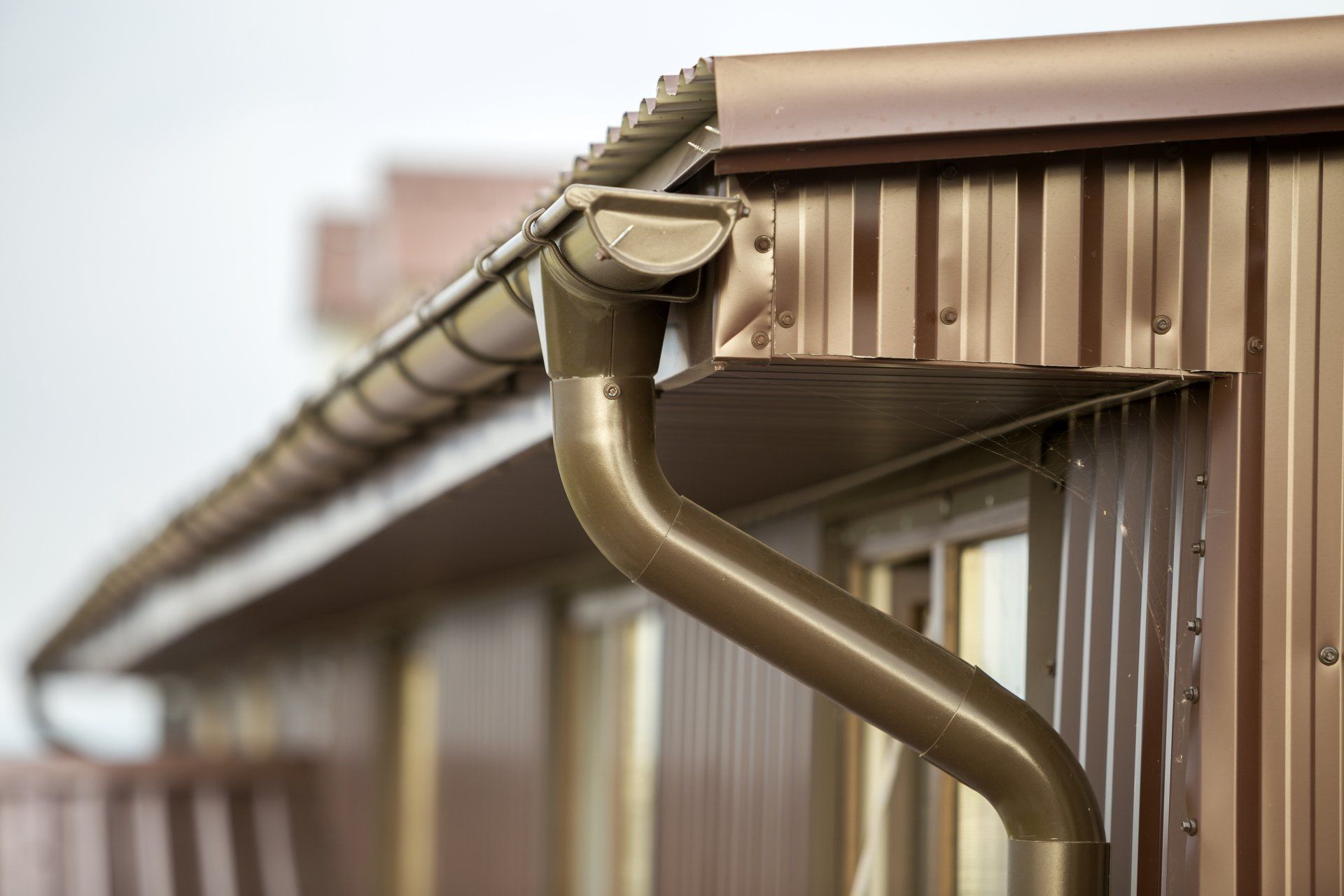

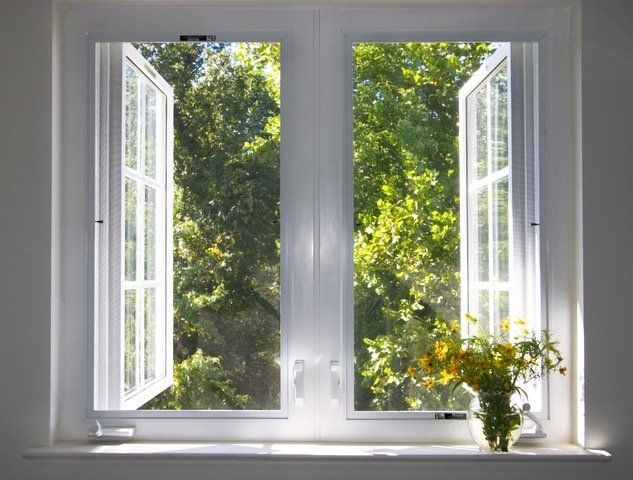




All Rights Reserved | Hanke Brothers | Web Design by Flypaper | Privacy Policy